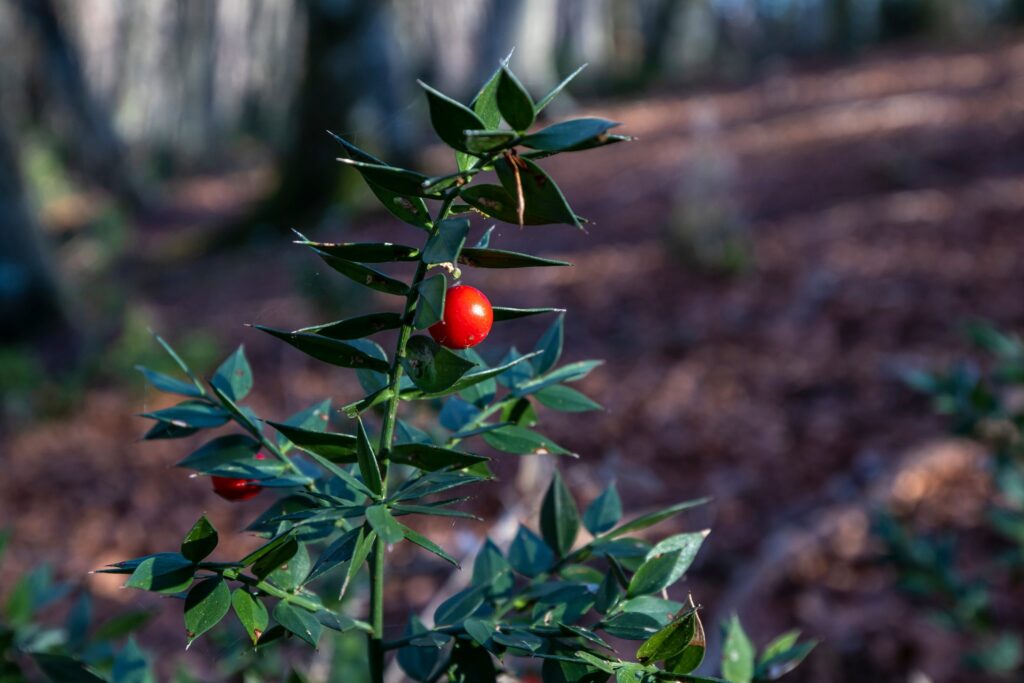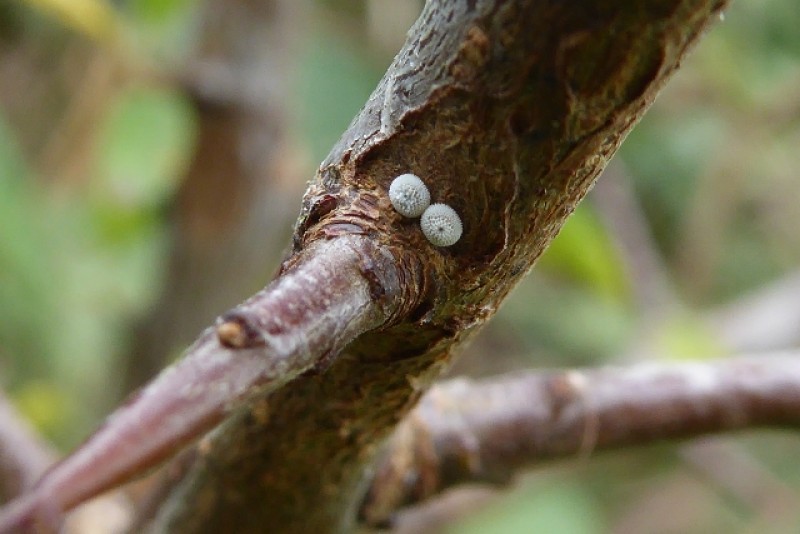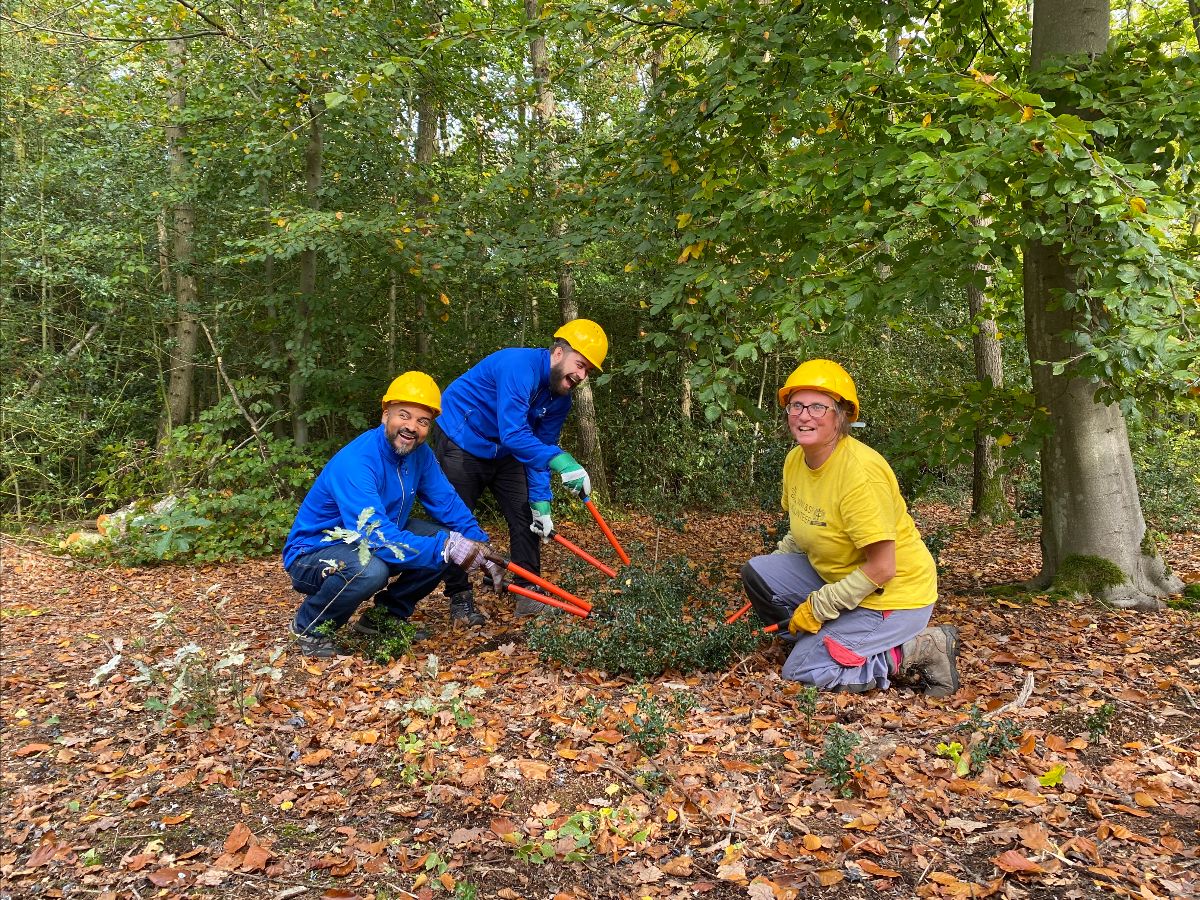The West Wickham Commons – City of London
| Butcher’s Broom; a peculiar winter plant Discovered among the trees on West Wickham Common, Butcher’s Broom is an evergreen shrub with bright red berries, adding a splash of colour and cheer to the darker winter months. Contrary to its festive appearance, this plant earned its name from a practical use in bygone days – scrubbing clean butchers’ blocks, long before the advent of plastic bristles and disinfectants. The spiky features of this intriguing plant are not leaves at all but adapted branches known as cladodes. Remarkably, they function just like true leaves! Throughout history, Butcher’s Broom has served various medicinal purposes. Different parts of the plant have been applied to treat conditions such as gangrene, circulatory problems, swelling, kidney stones, and more. Recognized as an ‘ancient woodland indicator,’ Butcher’s Broom doesn’t readily colonize new habitats or spread easily to new woods. Its presence signals a well-established habitat, usually within woods that have stood for a significant period. |

| Try out volunteering in 2024 Volunteering is more than just a means of getting fit, enjoying the outdoors, or acquiring new skills – it’s an excellent way to forge connections with others and create a meaningful impact. At Spring Park and West Wickham Common, we host monthly practical work days across both sites, where volunteers try their hand at various conservation tasks, from hedge laying to hazel coppicing, fence building to path maintenance. We provide all the necessary tools and equipment, along with tea, coffee, and biscuits throughout the day!To join our volunteering email list and stay informed about upcoming opportunities, reach out to us at city.commons@cityoflondon.gov.uk. |

| Hunting for brown hairstreak butterfly eggs Winter is a particularly quiet time for butterflies, with the occasional exception of a few Red Admirals or Peacocks emerging on warm days. During this season, most butterfly sightings are of eggs laid in the autumn, such as those from Brown Hairstreaks, which are typically laid on blackthorn.While adult hairstreaks (active in late summer) can be elusive and challenging to spot, especially the males spending much of their time high in the canopy of tall trees, the eggs are relatively easy to observe in winter. Counting Brown Hairstreak eggs provides an effective method for estimating the local population, considering the challenges in finding the butterflies. At Spring Park, young blackthorn trees are surveyed, and the number of eggs is tallied. In recent years, Spring Park has shown a robust Brown Hairstreak population. This data is not only crucial for assessing the success of our site management but also contributes to the broader UK database, offering insights into how species are faring overall amid changes in climate and landscapes. |

